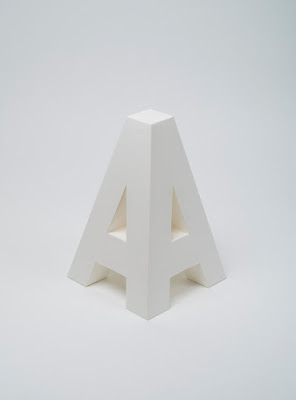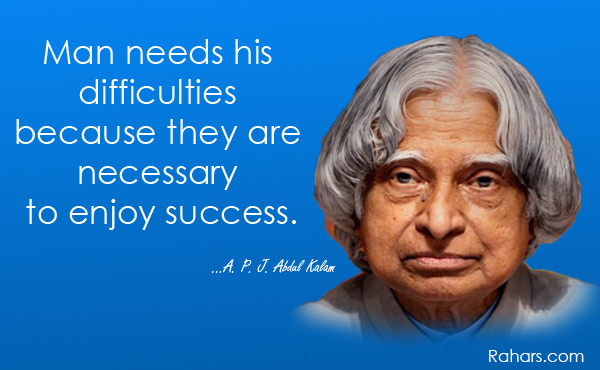These are some of the foods that are meant only for those who have extra disposable income. They are very rare to find and hard to cultivate. But their taste are said to worth its value.Lets take a look.
Matsutake mushrooms.

Matsutake mushrooms, or mattake for short, are said to have been part of the Japanese diet for more than a thousand years. Despite this long history, however, no one has been able to figure out how to farm them, and they must be gathered by hand. Japanese matsutake are found under fallen leaves at the foot of pine trees, hence the name – matsutake means pine mushroom in Japanese.
while most popular fungi are enjoyed primarily for their taste, Matsutake are sought after for their unique aroma. The scent is both spicy and fruity, with a hint of sweet cinnamon. The fall feeling is completed by the mushroom’s pine-like earthiness.
The price can go upto $ 1000 per kilogram. Which is for good quality mushrooms there are cheaper ones too but the most important thin is the freshness of mushrooms. The main reason that they are expensive is that no one knows how to farm them they can only be collected by hands.Japanese matsutake are found under fallen leaves at the foot of pine trees, hence the name – matsutake means pine mushroom in Japanese.
 Japanese Densuke Melon
Japanese Densuke Melon
A large black watermelon grown only on the northern island of Hokkaido. Because they are so rare, these melons can be extremely expensive. In 2008, a 17-pound Densuke watermelon was sold for $6,100, making it the most expensive watermelon ever sold in the country. The darker-skinned Toma watermelons are famous for their sweeter-than-usual taste in comparison to normal melons, and make popular gifts.
Japanese Wagyu Beef
 Wagyu beef is intensely marbled with softer fat, has higher percentages of mono unsaturated fats, omega-3 and omega-6 fatty acids and is lower in cholesterol than commodity beef. The combinations of these fats deliver a distinctive rich and tender flavor compared to other beef. Some farmers go to great lengths of feeding the cows with their own hands, massaging them regularly for good subcutaneous fat distribution. They are given special food for good meet. And yeah this meat can come from Hyogo prefecture in Japan
Wagyu beef is intensely marbled with softer fat, has higher percentages of mono unsaturated fats, omega-3 and omega-6 fatty acids and is lower in cholesterol than commodity beef. The combinations of these fats deliver a distinctive rich and tender flavor compared to other beef. Some farmers go to great lengths of feeding the cows with their own hands, massaging them regularly for good subcutaneous fat distribution. They are given special food for good meet. And yeah this meat can come from Hyogo prefecture in Japan
The most exclusive Wagyu in the world comes from Kobe, Japan. People use the terms Kobe and Wagyu beef interchangeably in the U.S. thinking it refers to the same premium imported Japanese. Its Price is around $ 1300 per 16 Ounce Strip Steak.
Kopi Luwak
 Kopi luwak is the world’s most expensive coffee. The main factor of it’s high price is the uncommon method of producing such a coffee. It has been produced from the coffee beans which have been digested by a certain Indonesian cat-like animal called then palm civet or also civet cat. This is the reason kopi luwak is also called cat poop coffee or civet cat coffee. The feces of this cat will be collected, finished and sold as kopi luwak.
Kopi luwak is the world’s most expensive coffee. The main factor of it’s high price is the uncommon method of producing such a coffee. It has been produced from the coffee beans which have been digested by a certain Indonesian cat-like animal called then palm civet or also civet cat. This is the reason kopi luwak is also called cat poop coffee or civet cat coffee. The feces of this cat will be collected, finished and sold as kopi luwak.
Although kopi luwak is a form of processing rather than a variety of coffee, it has been called one of the most expensive coffees in the world with retail prices reaching €550 / US$700 per kilogram, close to the €850 / US$1,100 price of Black Ivory coffee.
 Black Ivory Coffee
Black Ivory Coffee
As same as kopi Luwak the only difference here is the Elephant.Black Ivory Coffee is a brand of coffee produced by the Black Ivory Coffee Company Ltd in Northern Thailand from Arabica coffee beans consumed by elephants and collected from their faeces.The taste of Black Ivory coffee is influenced by elephants' digestive enzymes, which breaks down the coffee's protein. "Protein is one of the primary factors for bitterness in coffee. Less protein results in a coffee with less bitterness." The coffee beans are digested, and are present with various other ingredients in the elephants' stomachs, which imparts specific flavours to the product. In contrast to civets who are omnivores, elephants are herbivores. Herbivores utilize fermentation to help break down cellulose (green leafy matter). Thus reduces protein and causes less bitterness.
One packet of coffee beans is $40.00 (will make 400ml of coffee) and is only sold in the store or by phone order (not available online).
Red Iranian Saffron
 More uncommonly known as crocus sativus, saffron needs no further introduction. Its is also called the Red Gold because of it is costliest among all spices by weight.
More uncommonly known as crocus sativus, saffron needs no further introduction. Its is also called the Red Gold because of it is costliest among all spices by weight.
What is unknown to most users though is saffron’s rich history; its usage was first noted in a 7th Century BC Assyrian botanical almanac, but its roots go way deeper, having been sold for 4,000 years before its first recording.
Several historical VIPs have used saffron for its characteristics, including Cleopatra who dipped it in her baths as an aphrodisiac and Alexander the Great who believed it tended to his wounds. Saffron was also used for cough, colic and scabies. It cured the melancholy of Alexander’s troops, and they loved it so much that upon their retreat they brought it to Greece. Recent studies have shown that it is an anti carcinogenic agent, anti-mutagenic and immuno-modulating, and also has antioxidant properties.
But the foreigners who were initially exposed to saffron in their travels through Persia also feared that the Persians were using it as a drugging agent.
The market prices range from USD 1,100-11,000 per kilogram, with an average price on the Western markets at about $2,200 per kilogram. In the supermarket in Tajrish, customers pay around 3 Euros per Mithqal, which is 4.25 grams.
Madacamia Nuts
 Macadamia is native to the East Coast rainforests of North Eastern parts of Australia. Several parts of mineral rich, tropical and subtropical areas of Australia, Hawaiian Islands, Middle Americas, Brazil and South African regions are favorite regions where these sweet and crunchy nuts grow in abundance.
Macadamia is native to the East Coast rainforests of North Eastern parts of Australia. Several parts of mineral rich, tropical and subtropical areas of Australia, Hawaiian Islands, Middle Americas, Brazil and South African regions are favorite regions where these sweet and crunchy nuts grow in abundance.
Macadamia tree reaches to about 15 meters in height. In general, it achieves maturity and begins to produce fruit at around the age of seventh year of plantation.
There are at least about seven species of macadamia grown in their wild natural habitat. However, only two of which are edible and cultivated in the horticulture farms around the world. Macadamia integrifolia produces smooth-shelled nuts, whereas Macadamia tetraphylla has nuts with a rough shell.
The price of the world’s most expensive nut may be attributed to the fact that not only must a Macadamia tree be 7-10 years old in order to produce nuts, but also the incredibly hard shell of the nut must be broken prior to sale. The shell is so hard that it can actually break nutcrackers sold for home use.
So how much is this costly nut? Macadamia nuts can easily fetch around $30-$40 per kilo (2.2 lbs).
There are many more like Italian truffles, Caviare, etc. which is worth a fortune. So tune in to this site for more amazing stuff. Enjoy Reading.
 When you want to meet some one what would you do? You give the address where to meet but is it enough? The answer is no. You also have to give a time. So to give an address to someone is meaningless if you don't give a time to meet. So you have to give address in three dimension and an extra dimension of time so total becomes 4 dimensions.
When you want to meet some one what would you do? You give the address where to meet but is it enough? The answer is no. You also have to give a time. So to give an address to someone is meaningless if you don't give a time to meet. So you have to give address in three dimension and an extra dimension of time so total becomes 4 dimensions.


















